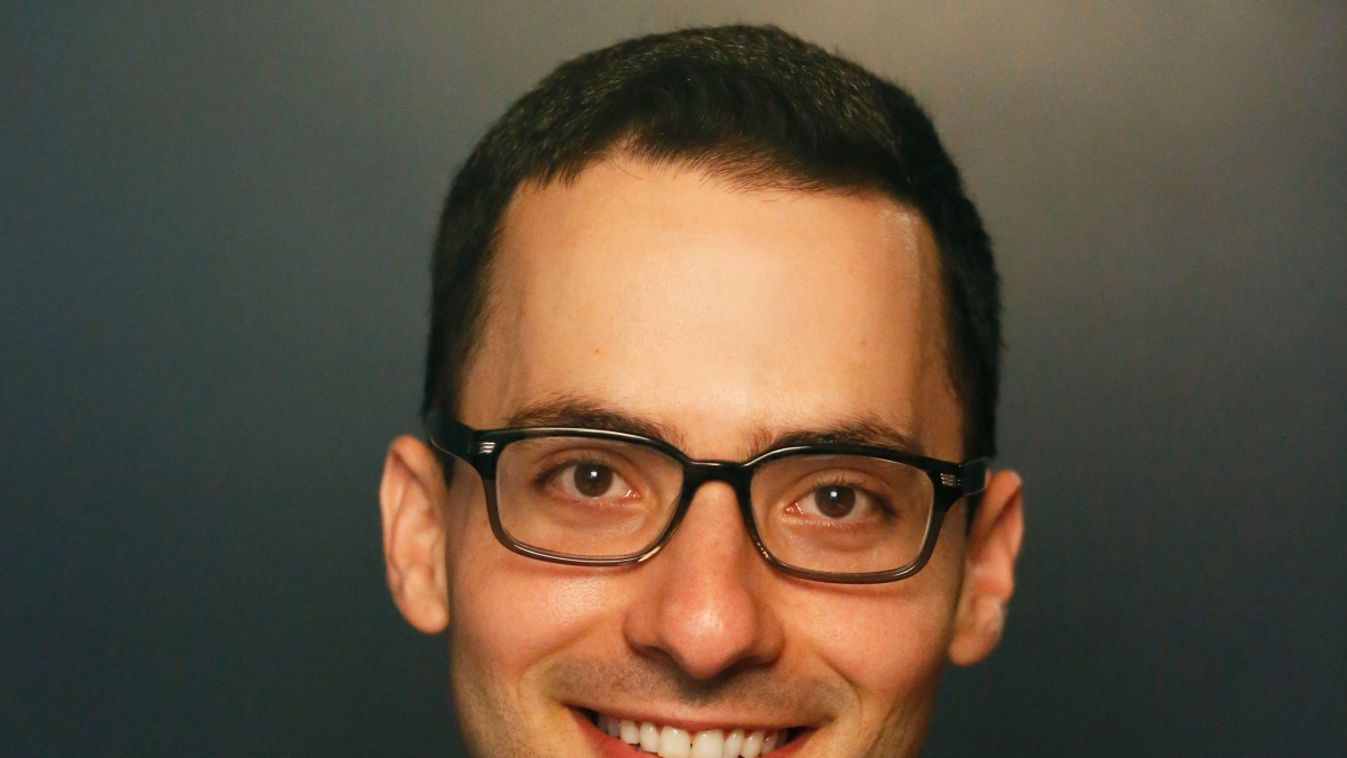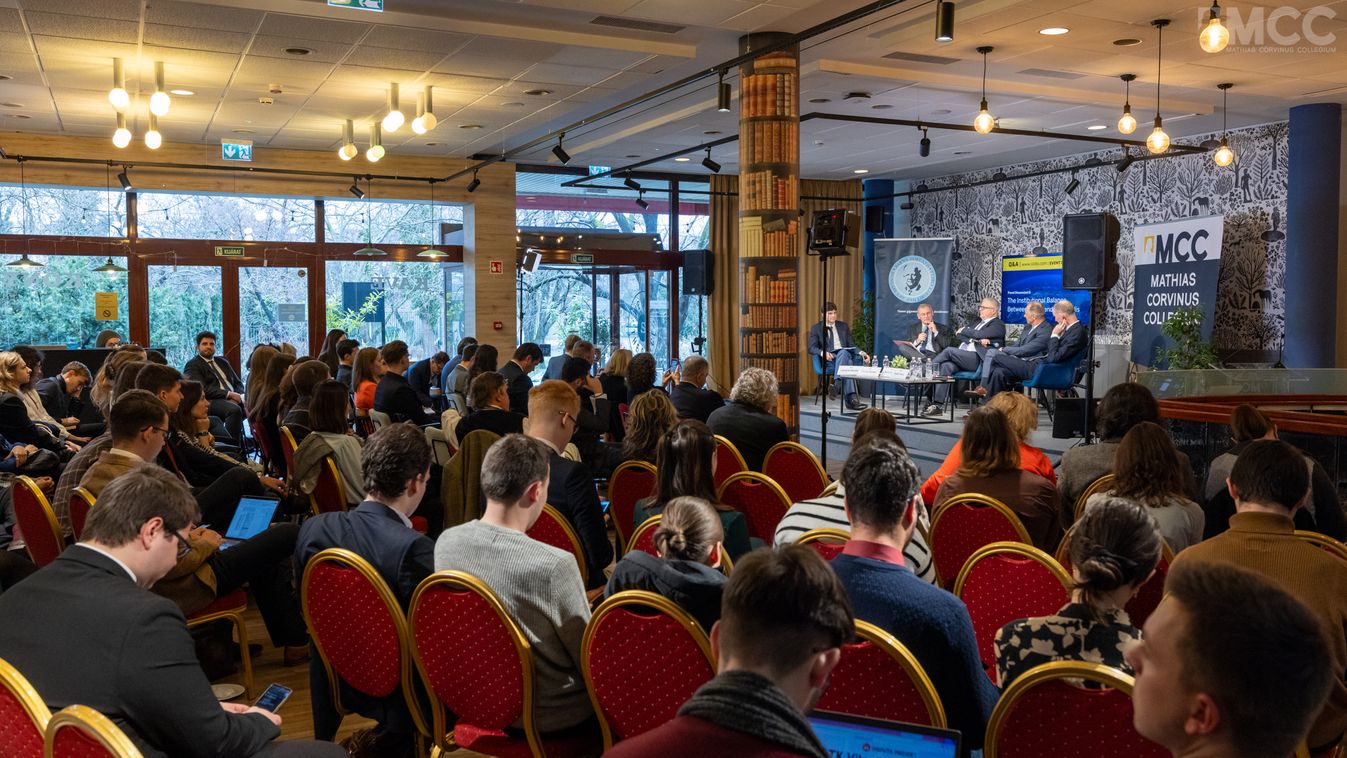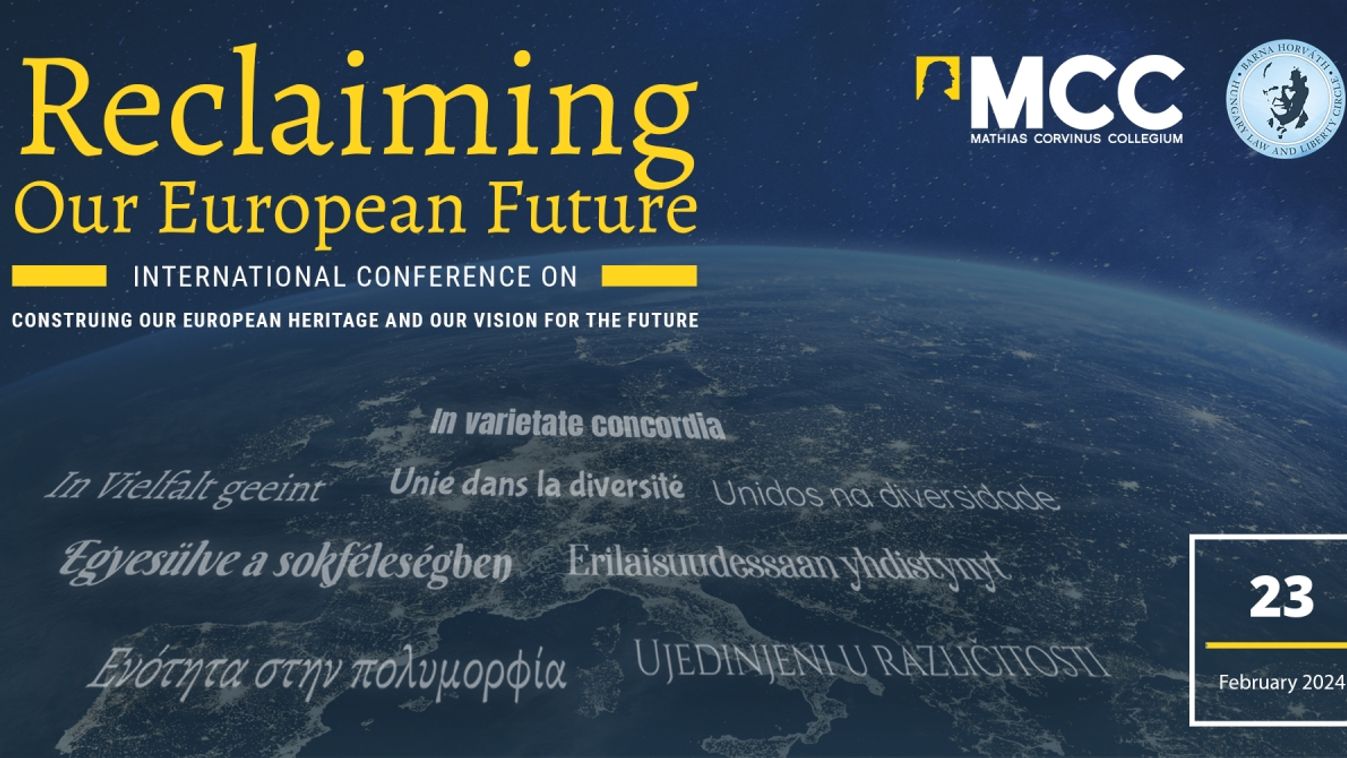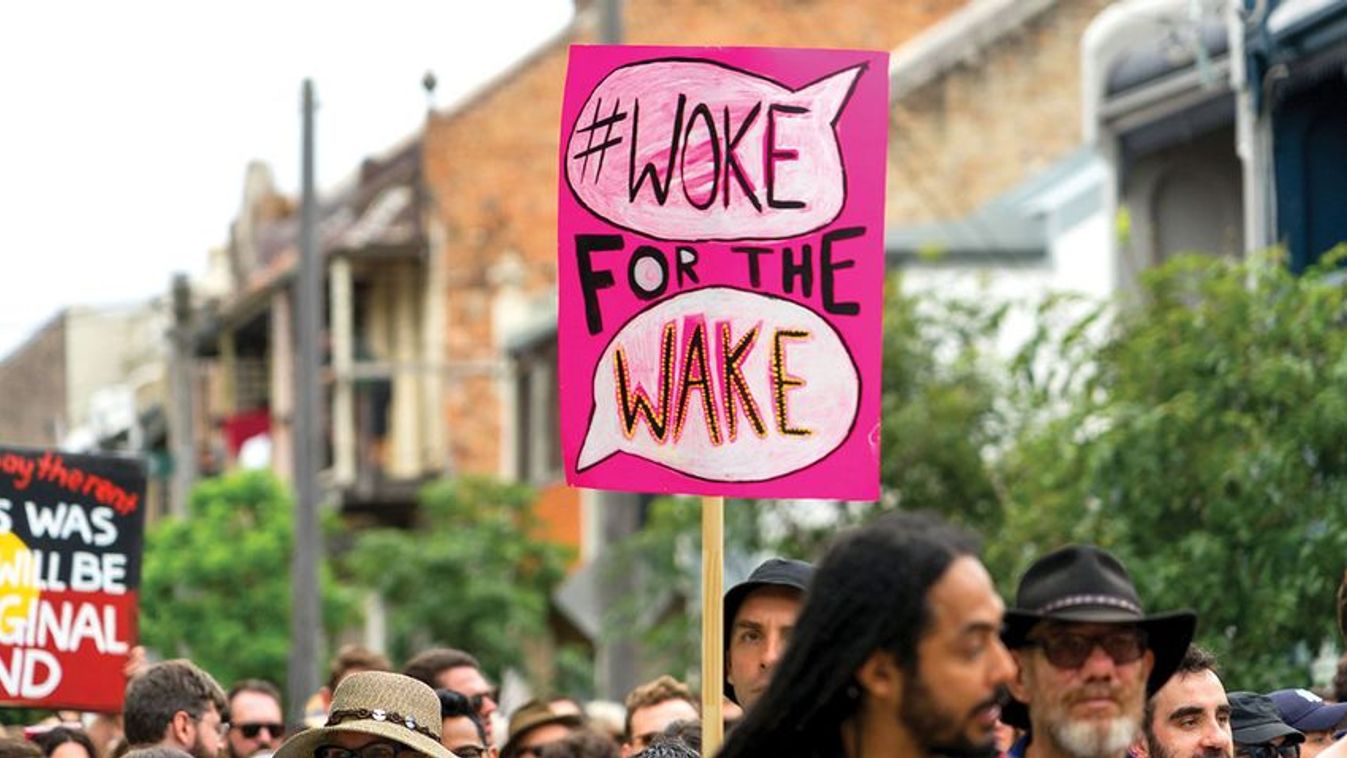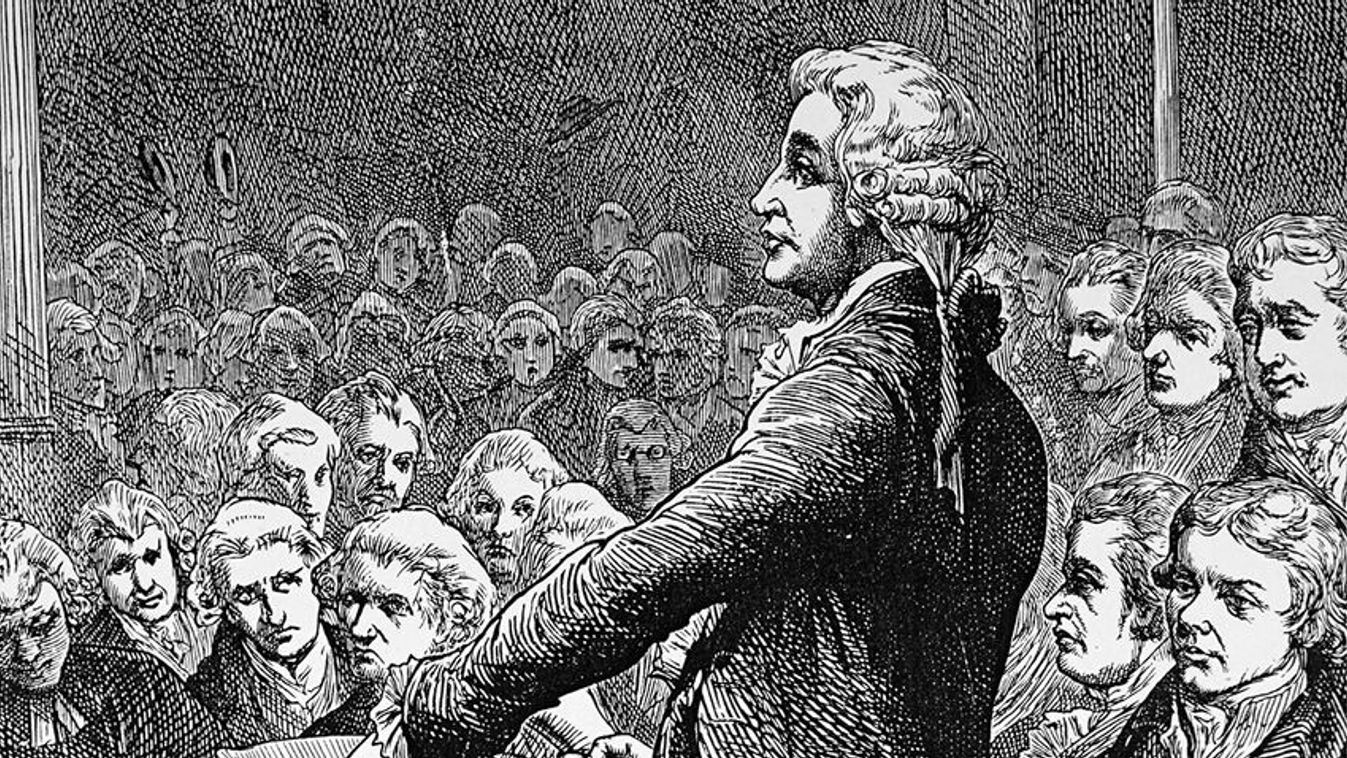That is a fantastic question and I think your intuition is exactly right. They are immune under current federal law (something called “Section 230”) from liability for content that third parties publish on their platforms. And that obviously makes sense. But if the companies start to act as publishers who do in fact police the content of users of their platforms, and they do so largely to silence conservatives, then one wonders why they should not also be treated as publishers for purposes of all third-party content. But I’ll push back on one thing you’ve said. I’m not sure this is a constitutional dilemma. I think it’s instead a political or legislative one. The First Amendment to the U.S. Constitution may not apply to private companies, but nothing prevents Congress from enacting nondiscrimination laws that would require these social media companies to act like common carriers—they would have to give everyone equal access to the platform, unless the platform was used for actual illegal conduct. It’s certainly plausible to think that they’re the new “public square” and that the First Amendment should apply to them, but we don’t have to go that far just yet—Congress can solve this problem, too.
The National Constitution Center recently organized a Constitution Drafting project that brought together three teams of leading constitutional scholars: a team libertarian, a team progressive, and a team conservative in order to draft and present their ideal constitutions. Could you shed lights on what the major features and values of an ideal conservative constitution are and whether and how the current US Constitutions reflect those ideals?
I am honored to have had the opportunity to lead “team conservative” for the Constitutional Drafting Project. I think the best way to articulate what makes our constitution “conservative” is to distinguish it from the other two drafted constitutions. The libertarian team focuses, unsurprisingly, on liberty. The progressive constitution, on the other hand, focuses on equality and enhancing democratic politics. I think a conservative would recognize that a constitution for a free society like ours cannot just focus on one of these ideals over another; many of the aims of a free society are in inescapable tension with one another. For example, liberty and self-government are in tension: it is often popular majorities that infringe on the rights of minorities. And self-government itself reflects a tension between responsiveness to popular will, on the one hand, and the need to refine and moderate that popular will, on the other.
Self-government to the conservative, in short, means government by reflection and choice. We thus emphasize Madisonian deliberation. How do we get our government to respond to the people’s needs, but without being led by popular whims and passions? The most controversial proposal we made was to make our Senate even more deliberative. We provided for one senator per state (for a total of 50 senators), who serve a single, nine-year term, with no chance for reelection. We also reintroduced appointment of senators by the state legislatures—a mechanism repealed by the Seventeenth Amendment to the U.S. Constitution—and we also require our senators to take a pledge to legislate in the long-term national interest.
In short,



